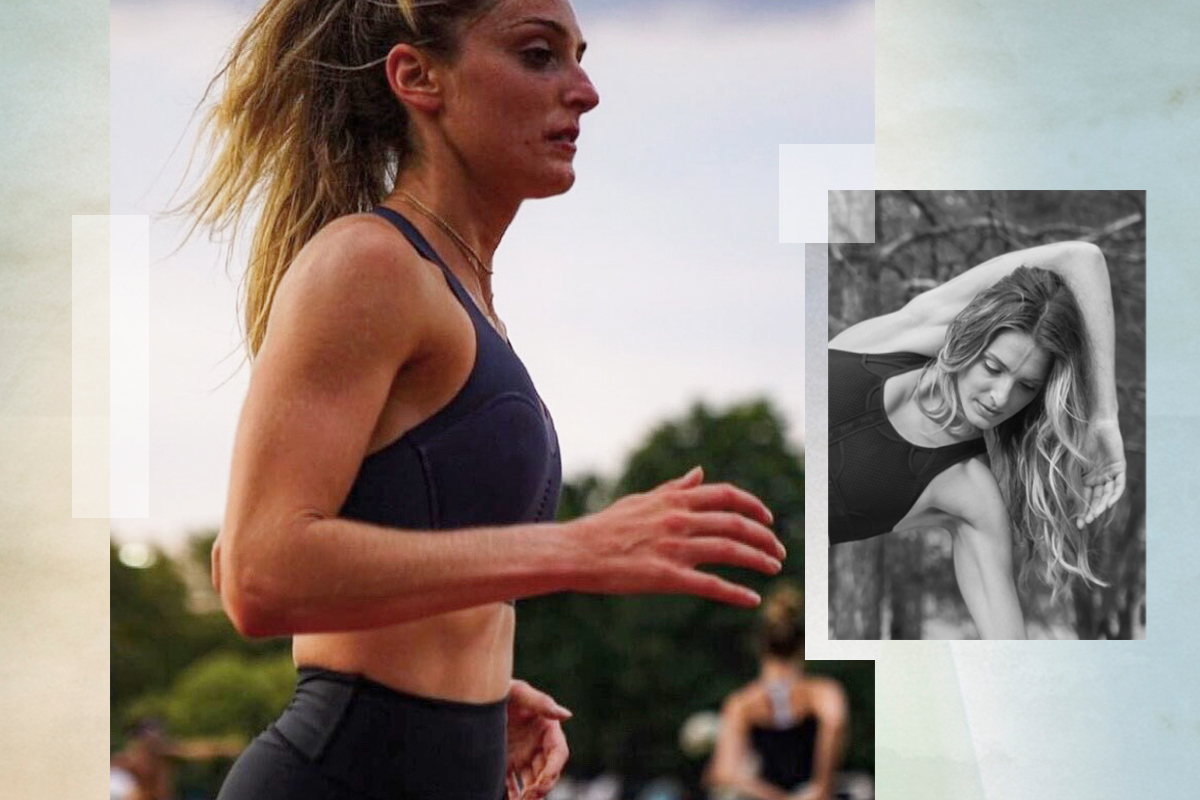Explosive movement has unexpected benefits that can keep you feeling young.

Aging—no matter how much you may try to resist it—can have a profound impact on your quality of life. Research shows that people experience lose between 1 to 5 percent of muscle mass and strength each year after the age of 30. After 60, they lose power even more rapidly, at a rate of 3 to 5 percent annually, affecting your ability to move and react quickly.
Although aging is inevitable, losing your strength and power is not. While you can’t literally turn back the clock, adding power training—workouts that focus on moving quickly under load—to your routine can help you retain muscle mass and feel strong and capable as you age.
Here are five science-supported benefits of power training that will inspire you to add a little speed to your lifting sessions, no matter your age.
Improved Coordination
The more physically active you are, the less muscle and power loss you’ll see. Power training helps you maintain your fast-twitch muscle fibers, which tend to naturally slow as you age. It can also increase how many muscle fibers you use to perform a certain movement (motor unit recruitment), and how quickly the muscle is activated (rate coding). This all happens thanks to the mind-body connection you develop during power training, a key component to coordination.
“Power training enhances the communication between your brain and muscle so your muscle gets the signal to move faster and can coordinate your movement better,” explains Bryan Mann, PhD, assistant professor of kinesiology and director of sport science at University of Miami.
Better Speed and Agility
When you activate your muscles and maintain fast-twitch muscle fibers, you’re adding more pep to your step. How quickly you scale stairs is one indication of your ability to literally pull your own weight.
“By definition, running upstairs is a power output, and it all depends on how quickly you can move your body weight against gravity,” says University of Miami kinesiology and sport science professor Joe Signorile, PhD.
Power training builds the force and speed that you can exert against the ground on every step you take. The more powerful that force, the better your speed and agility. Research shows that power training can also improve your walking speed, which is a key indicator of longevity. A study of over 34,000 older adults found that those who walked faster tended to live longer.

More Efficient Movement
With more powerful muscle and speed on your side, life starts to feel easier. In one study, participants between the ages of 75 and 94 years of age saw between a 31- and 66-percent improvement in functional movement tests (similar to everyday activities) after 10 weeks of power training.
It all comes down to time and how long it takes you to perform an activity. Think about how tired you can feel climbing stairs slowly, one step at a time, versus bouncing on the ball of your foot and rebounding off each step.
“You have a limited amount of time to perform most of your activities,” says Mann. “If you bring up the velocity, then you’re able to hit peak power more quickly, which saves you energy and makes your movements more efficient.” This means you can put less effort into simply moving your body, and you have more energy and capability to continue activities you love.
Reduced Risk of Injury
About one in four adults over the age of 65 experience at least one fall per year—which can threaten your independence. Power training can improve your balance and braking ability, which can prevent potentially debilitating injuries.
“Without the ability to develop power quickly, you lose some ability to decelerate your movement,” explains Mann. “Maintaining your power will help you control your movements while going down stairs or catching yourself before you fall.”
One study dating back to the 1980s correlated the risk of falling with how much power is generated in the muscles that flex your feet. “If you don’t pick them up fast enough, that’s how you trip over a rug or crack in the sidewalk,” Signorile explains. “Since that study, [researchers] have looked at power across every single joint, and we can correlate power to functionality in every single joint if we pick out specific activities of daily living.”
How to Add Power Training to Your Workout Routine
To safely incorporate power training into your routine, begin by building a base of hypertrophy and strength before adding a speed component. Always use progressive overload when you’re building strength and power by making small incremental changes over time to challenge yourself. Focus on your intention in your power sets–think about moving explosively or as quickly as you can.
For more guidance, or to get started adding power training to your program, there’s an array of on-trainer workouts and programs designed to develop power and keep you moving more efficiently.
Full Body Burnout with Coach Nikki Metzger is a two-week, beginner high-intensity interval program that offers full body workouts which incorporate challenging strength moves with explosive cardio blocks to keep your heart rate jacked and boost your stamina. Coach Gabby Sansosti’s Four-Week Fast Track gives you an opportunity to test and retest your strength with a month-long program focused on restarting, upskilling, and improving from beginner to intermediate movement patterns.
Power Strength with Coach Allison Tibbs aims to improve your overall fitness with an intermediate lower body workout centered on hinging and unilateral movements that build big power and speed through focusing on your glutes and hamstrings.
For an advanced upper body-focused workout, try Power Build with Coach Joe Rodonis. The session aims to build your chest and usher in muscle growth in every direction with moves such as barbell bench press, standing single arm rows, decline flys and, x-pulldowns with triceps extensions.
The information provided in this article is for educational and informational purposes only. Individuals with pre-existing health conditions, injuries, or concerns should consult with their healthcare provider before trying a new exercise or nutrition regimen.


